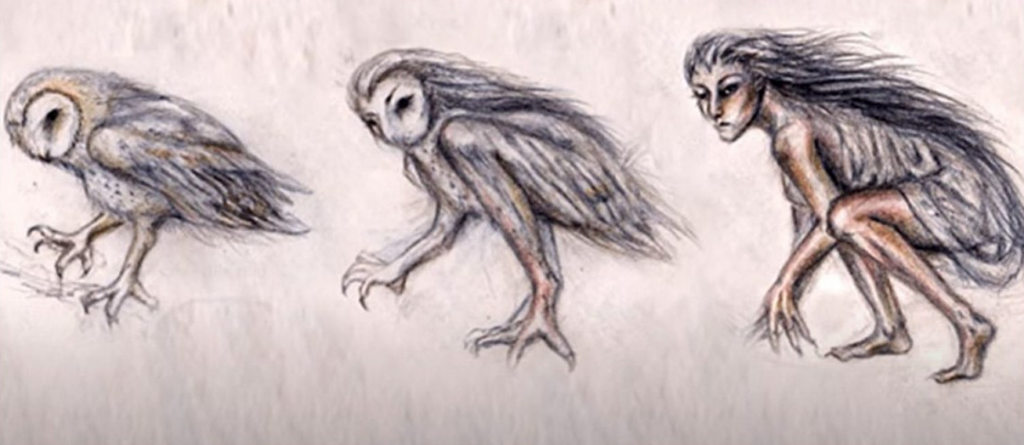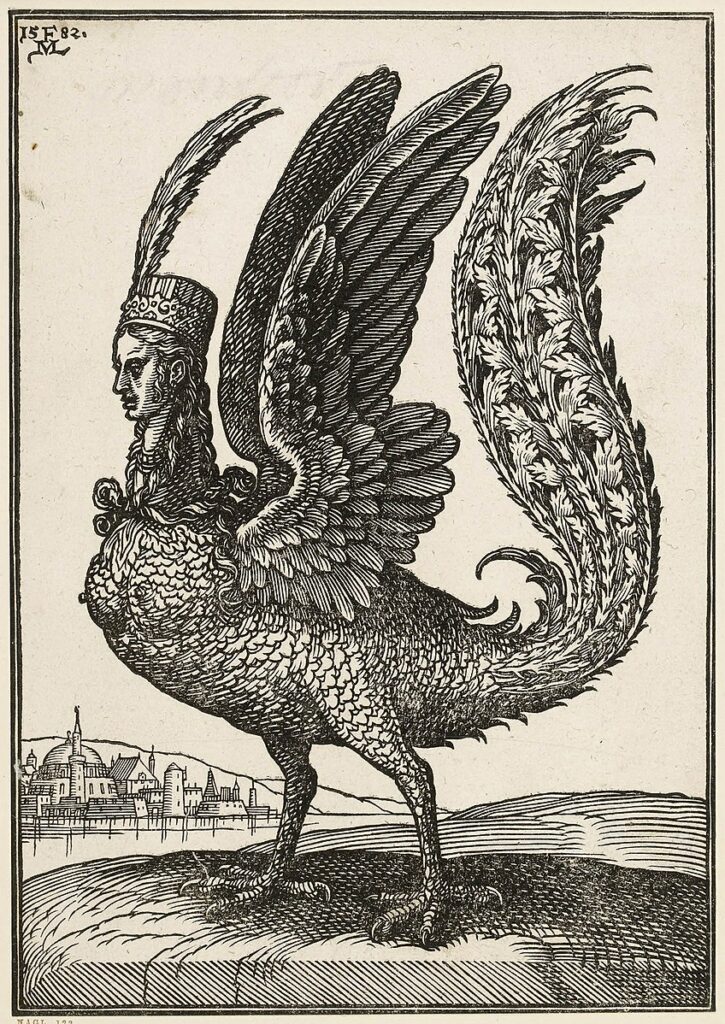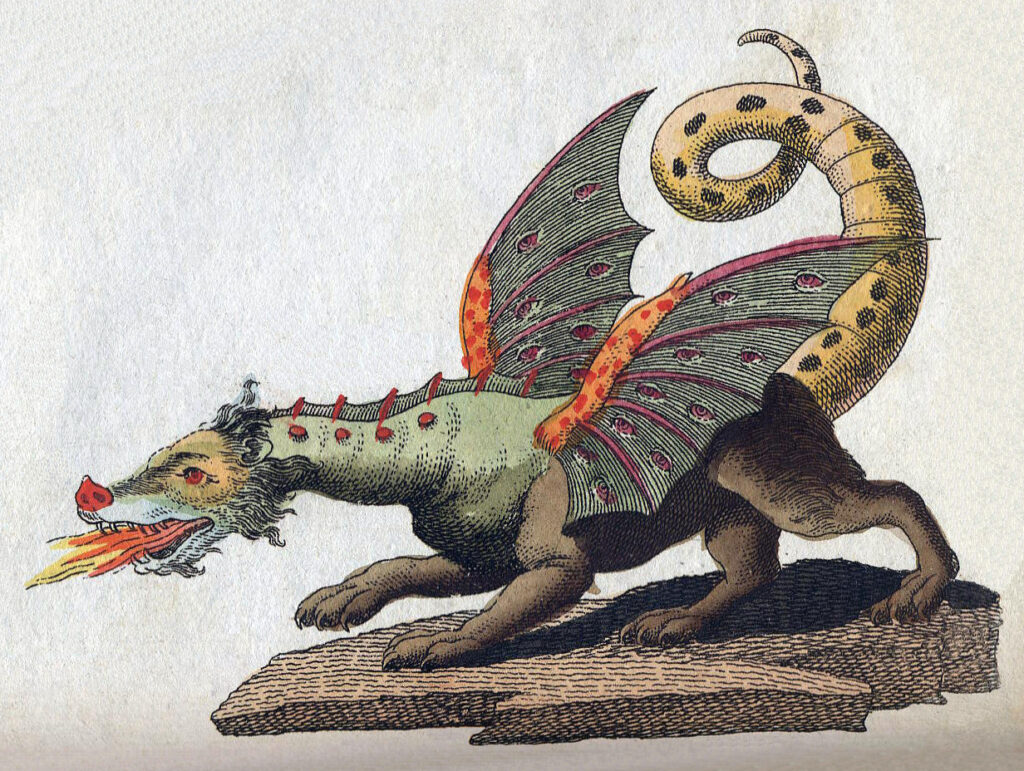Deep in the deserts of the Southwest and Northern Mexico, there is said to live a creature that has been feeding on the blood of animals and humans alike for the past several centuries.
A monster that’s part bird, and part-woman. It is so powerful that once it sets its beady eyes on you, there is nothing you can do to escape or fight back. What is this fearsome beast, you ask?
It’s called “La Lechuza.”

What is “La Lechuza”?
Translated as “owl” in Spanish, La Lechuza is far scarier than any ordinary bird. According to legends that have persisted throughout the Southwest and Mexico, La Lechuza is a witch who takes the form of an owl at night and terrorizes anyone who comes across her.
They say that La Lechuza is seven feet tall and has a 15-foot wingspan. In fact, she is so large that she can grab a grown man in her talons and carry him off to her lair.
Sightings of La Lechuza have most often occurred in the Mexican regions of Chihuahua, Coahuila, Durango, Nuevo León, and Tamaulipas. As well as the American Southwest regions of the Rio Grande Valley.
But why is a giant witch-owl roaming the sky at night and devouring human prey?
By one account, this witch was a woman who was wronged during her lifetime. Some versions of the legend claim that her child was killed by villagers after they accused her of using magic. Others claim that a drunk killed her child. Either way, ever since then she has been exacting her revenge.
Perhaps reflecting the loss of her child, it is said that the witch mimics the cry of an infant in order to lure her prey outside and into her clutches. She may also make a whistling sound that is meant to have the same effect.
Either way, her cry is an omen of death, and certainly not a sound you want to hear on a dark desert night.
Fortunately (for some), La Lechuza does not feed on everyone. But, this all depends on who is telling you the story. According to some, she only goes after adult men, specifically drunks.
Others say that she also devours infants, particularly unbaptized ones. In any case, if you ever hear a strange whistling in the wind, you may want to hide your newborns – just in case.
There are very few ways that you can protect yourself against La Lechuza if you find yourself face-to-face with her at night. But even being in a car won’t help you, as this creature has adapted her techniques to deal with modern technology.
She’ll swoop down and scare a driver into swerving off the road. Or she’ll cause enough damage to the vehicle that it causes him or her to pull over. That’s when La Lechuza will come down with talons spread, ready to rip apart or carry off the unsuspecting person.
If you’re starting to get discouraged about how little a person can do to defend themselves against La Lechuza – you’re beginning to get the idea. La Lechuza is so powerful that she can even control the weather.
She can gather clouds into a mighty storm that she can unleash over the land. In this regard, she resembles another fearsome bird-woman – the Harpies of Greek mythology.
The Harpies
The Harpies of Greek mythology were part-women, part-bird monsters that obeyed Zeus and carried out his bidding. Being associated with Zeus, the god of thunder, Harpies were considered the personification of storms.
While early on Harpies were lovely young women possessing wings, they later became something much more hideous – a birdlike beast with the claws and tails of a bird of prey.
Much like La Lechuza of Southwestern lore, Harpies were generally seen as a bad omen. They were sent by Athena, Zeus, and Hera to punish those who had done wrong.
They could do this in a variety of ways. They might steal someone’s food, damage their property, or snatch their victims away in their sharp talons and eat them.
In one of the most famous tales featuring the Harpies, they were sent by Zeus to punish the Thracian King Phineus for having foretold the future of mankind without first gaining permission from the gods and goddesses.

The Harpies descended on the king, who had already been blinded, and continually stole his food as he tried to eat. The blind, helpless king quickly began to starve and it was only due to the intervention of Jason and the Argonauts that Phineus survived.
The connection between the Harpies of Greek mythology and La Lechuza is uncanny, especially considering that Ancient Greece and Mexico are separated by centuries of history, not to mention thousands of miles of land and sea.
But where did the legend of La Lechuza actually come from?
The Origin of La Lechuza
The exact date that the legend of La Lechuza began is unknown. It was passed down from generation to generation during a time when wandering outside of one’s home was extremely dangerous.
It is also easy to see La Lechuza as a cautionary tale meant to keep children in line, or to encourage listeners to embrace Christianity. For example, children were often told not to whistle three times at night, because that would conjure La Lechuza.
The fact that some say only unbaptized children become victims of La Lechuza also points to an underlying religious warning. Moreover, one version of La Lechuza’s origin story claims that she was originally killed because she had been accused of practicing the devil’s magic.
The religious elements of the tale could be signs that La Lechuza originated with the Spaniards who came to the New World in the 16th century on the heels of Christopher Columbus’ voyage.
When the Spaniards arrived, they encountered myriad beliefs in the cultures of the indigenous people who had been living in and around Central and South America for millennia. Since the Spanish believed that there was only one God and that to worship any other deity was heresy, they began stamping out old, pagan belief systems.
Because animals played an important role in many indigenous cultures, Spaniards began associating certain animals – like owls and cats – as being pagan or demonic. With a little imagination on a dark night, it’s easy to see how an already persecuted animal could be transformed into a scary story that could be passed down from generation to generation.
La Lechuza Resembles the Native American Thunderbird
If we go back even further, we can see that Lechuza-like creatures have existed in stories long before the Spanish arrived.
For many Native American tribes, the Thunderbird was an important deity that held profound meaning. According to them, the Thunderbird was a giant winged animal with a 20-foot wingspan that, aside from its enormous size, had the power to control the weather.
Many tribes had their own distinct beliefs when it came to the Thunderbird. For the Lakota Sioux, seeing any birds in your dream could mean that you were destined to become a medicine man. But seeing a Thunderbird meant that you would become the tribe’s sacred clown.
For the Illini tribes, who lived along the west coast of North America, the Thunderbird was a spirit that was bent on taking its revenge on humans. It would summon storms to scare people away from its nests. This monstrous bird was large enough to feed on children and even whales.
Modern Sightings
It’s one thing to read or hear about La Lechuza and regard it as an interesting story, or even a useful glimpse into the history of Southwest culture. But to become a true believer, it usually takes something a little more convincing. For example, an actual sighting of La Lechuza.
Have there been any sightings?
The answer is “yes.” Quite a few actually.
One day in 1975, something matching the description of La Lechuza caused panic among some residents of Robstown, Texas. One night, the police began to be flooded with calls about a strange, bird-like creature that residents had seen gliding silently over the trees.
The callers were convinced that this was no ordinary creature. It was far too large to be a bat or even a bird. But it was not just the size of it that caused fear.
It was the eerie, human-like qualities that people claimed it possessed. Some people said it had the face of a man or a woman. Others said it even had human feet.
After the Robstown scare, sightings continued to spread to other South Texas towns until finally some kids made a dummy of the creature, hung it up in a tree, and called the police. Amused, the police then took the dummy back to the police station with them and set it up for all to see.
According to them, that was the last time anyone called in about seeing La Lechuza.
For those members of the Robstown police, La Lechuza represented nothing more than a lighthearted joke. But for others, La Lechuza will remain something more – a reminder that there are things out there that often can’t be explained by mere fact and reason.

